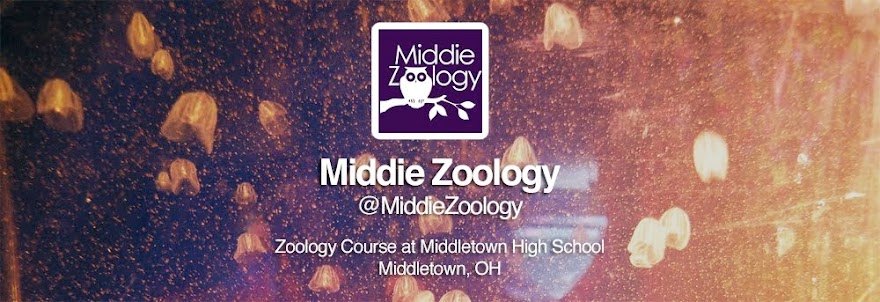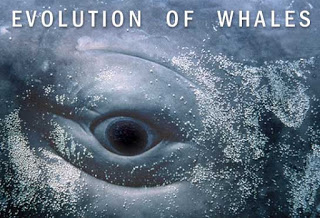Take the online survey by clicking the link below:
Is this an animal?
Next, complete the Classification Activity. You may use wikipedia (their classification is good).
Classification Activity
Tuesday, January 31, 2017
Friday, January 27, 2017
Wolves - watch the video and answer the prompts
- What is the problem?
- Why is is happening?
- What is its impact?
- What can be done or is being done?
- How does it impact society? me?
See the picture below:
Beavers a Keystone Species
Watch Leave it to Beavers. Answer the following prompts:
A keystone species is a species on which other species in an ecosystem largely depend, such that if it were removed the ecosystem would change drastically.
1. Why is the beaver a keystone species?
2. Why is the beaver an import animal to humans?
3. What would you do to manage beaver populations?
Tuesday, January 17, 2017
Evolution and theFlu
Watch the video and answer the following questions:
- How does the flu vaccine work?
- Why do we need a new flu vaccine every year?
- How is this similar to what we are learning about evolution?
- How could a universal vaccine work?
Cheetahs...Super Evolved for What
Watch the video clip and see what cheetahs are evolved to do.
Then, find out what genetic "bottleneck" has affected cheetahs. Be able to explain what the "bottleneck effect" is.
Thursday, January 12, 2017
Darwin vs. Lamarke Two Theories of Change
I think you will find the following links useful in answering the writing prompts. The assignment is due Tues 9/1
Evolution writing prompt!
Respond to the following writing prompts. Be sure to include supporting details. Be specific. You need to write between a half a page and a page to answer this. You may use the textbook CH 4 and/or the internet as a resource.
- Who would have agreed with the following statement? “Elephants stretched their noses and passed on the long nose trait until their descendants had a long nose called a trunk."
- Who would have agreed with the following statement? “Elephants with longer noses were able to survive and have more offspringthan elephants with shorter noses.”
- Who would have agreed with the following statement? “Elephants’ noses have changed over time.”
- Compare and Contrast Lamarke’s Theory and Darwin’s Theory
Links:
Lamarke
Darwin
Tuesday, January 10, 2017
Great Transformations
Watch the video, Great Transformations, and answer the following questions:
- What are the scientists studying in this video? What types of evidence are they looking at? (List as many as you can. This question is ongoing throughout the video.)
- What evidence supports the evolutionary history of whales? (List as many as you can. This question is ongoing throughout the video.)
- What is a transitional form? What is an example of transitional form?
- Why are scientists studying spines?
- Why are scientists interested in different ways animals travel?
- What evidence can you discuss that shows connections of all living things? Give specific examples.
- Give examples of signposts or key species in the “tree of life”.
- What
allowed major events in life history?
Monday, January 9, 2017
Cell Division: Mitosis and Meiosis
Wednesday, January 4, 2017
Subscribe to:
Posts (Atom)



